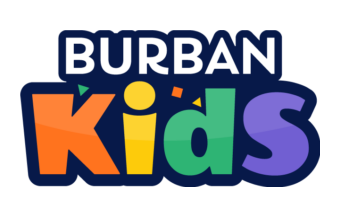As preschoolers grow and learn, following directions becomes an essential skill that they must develop. One fun and engaging way to help them develop this skill is through drawing activities.
Drawing is an excellent way for young children to practice following directions, develop fine motor skills, and express creativity. In this article, we will share 20 following trend drawing activity ideas for preschoolers to keep them engaged and help them develop their skills.
Drawing Activity Ideas for Preschoolers:
Emotion Explosion
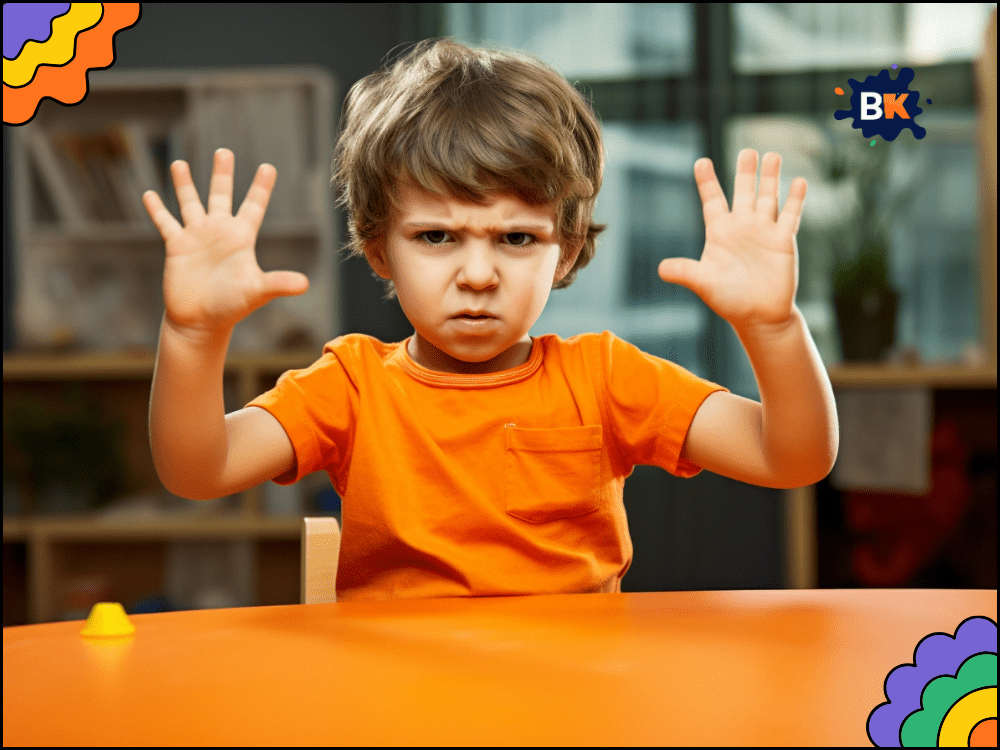
Get ready to explore different emotions with your preschooler by drawing faces that show happiness, sadness, surprise, and anger. Who knows what silly faces they’ll come up with?
Rainbow Riot
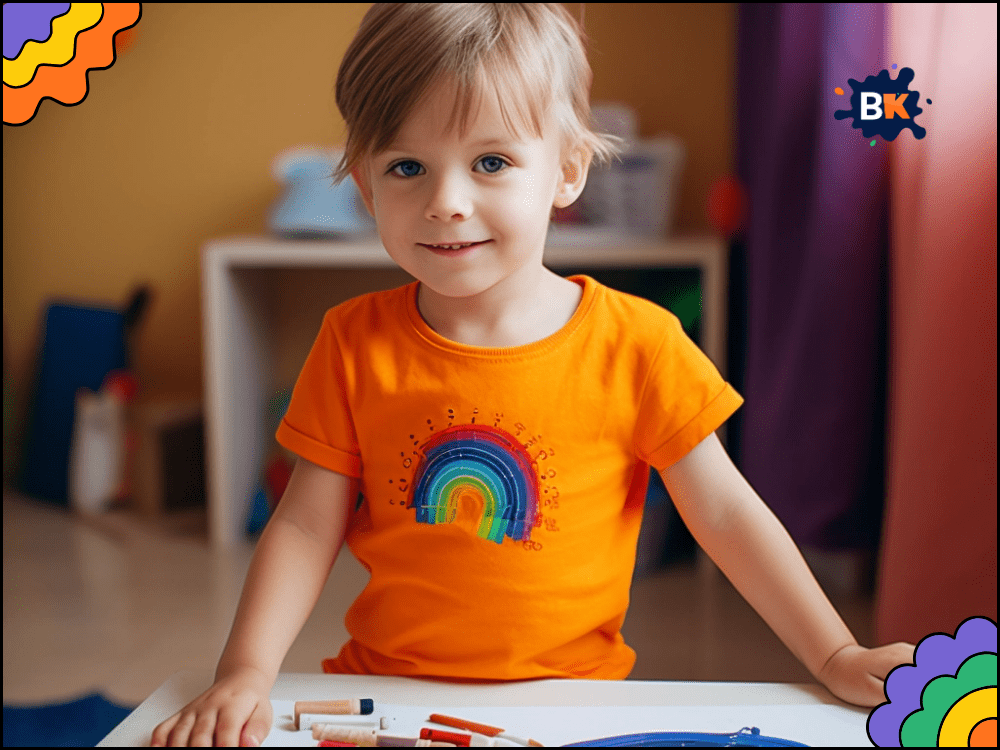
Let your child’s imagination run wild as they create a colorful rainbow in the correct sequence. Watch as they mix and match different colors to make their masterpiece pop!
Tree-mendous Adventure
Bring the outdoors inside by teaching your preschooler to draw a tree with a trunk, branches, and leaves in all the right places. Who knows, they’ll even start noticing the trees outside more often!
Flower Power
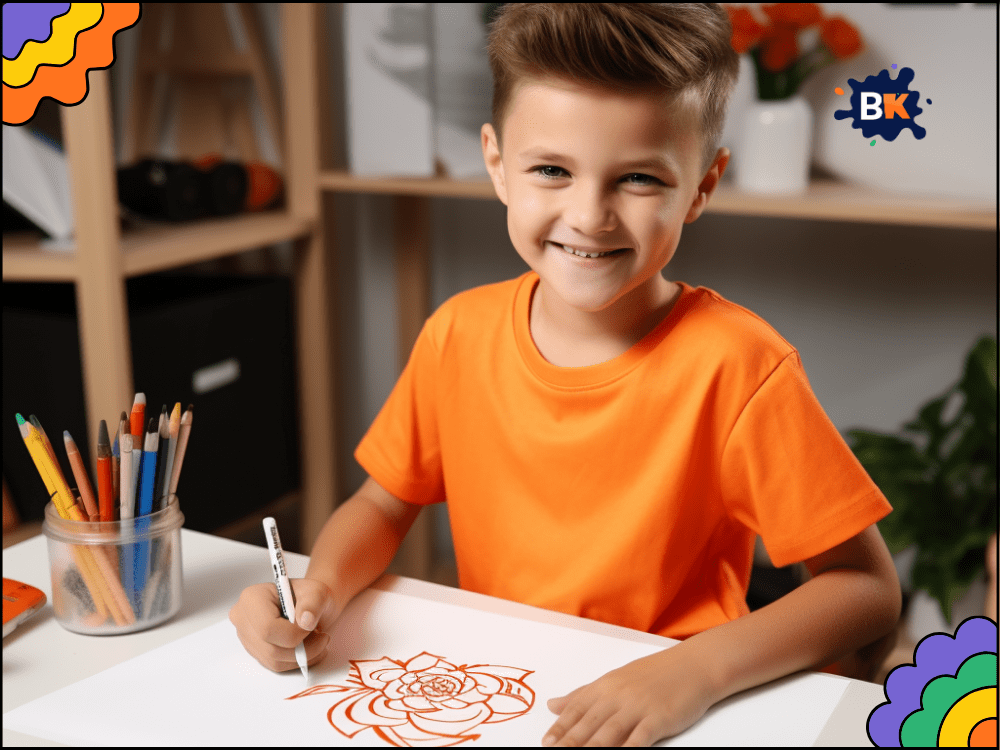
Encourage your little artist to create a beautiful flower with petals, stems, and leaves, using various colors to make it bloom. It’s the perfect way to brighten up any room!
Butterfly Bonanza
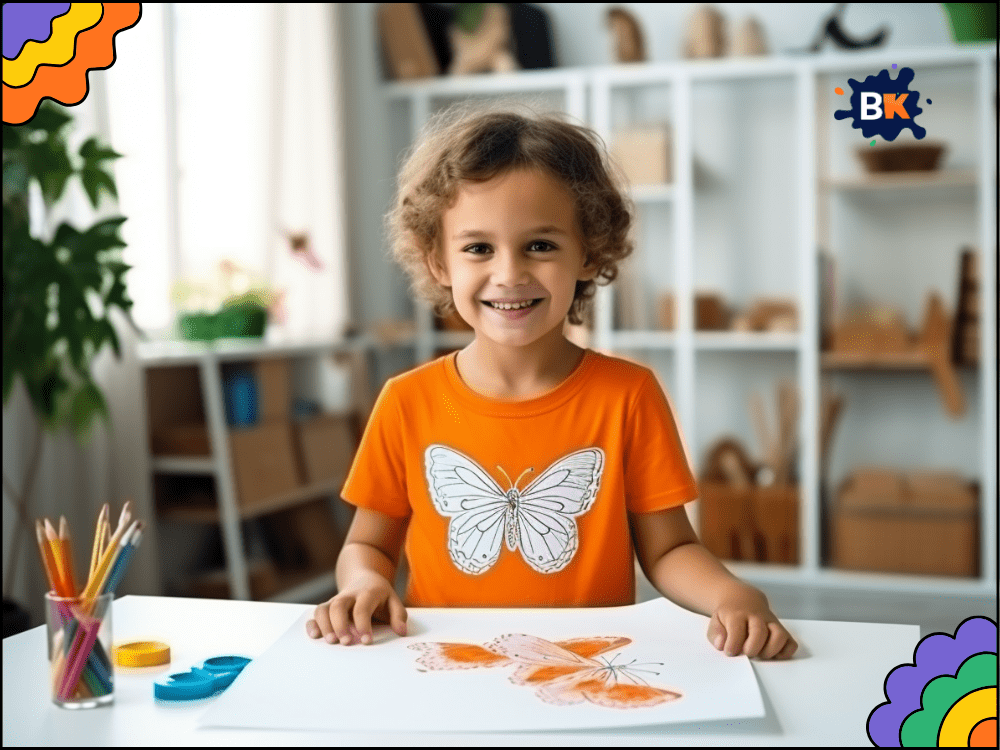
Watch your child’s creativity soar as they draw a colorful butterfly with wings, antennae, and a body. Let their imagination take flight and see where it goes!
Vroom Vroom Fun
Fuel your child’s imagination as they draw a car with wheels, windows, and doors in the right places. Who knows where their vehicle will take them?
Home Sweet Home
Guide your preschooler to draw a cozy house with a roof, windows, and a door. They’ll even add some extra features like a pool or a slide!
Under the Sea Adventure
Transport your child to an underwater world as they draw a fish with scales, fins, and a tail. They might even start humming “Under the Sea” from The Little Mermaid!
Sailing Away
Help your preschooler create a boat with a sail, oars, and a hull, and let their imagination set sail on a grand adventure. Maybe they’ll even discover a hidden treasure!
Monster Madness
Let your child’s creativity run wild by drawing a monster with multiple eyes, arms, and legs. Who knows what kind of silly and playful monster they’ll come up with? They’ll even give it a name and a story!
The Sunny Side Up
Let’s draw a happy sun with yellow and orange rays. Think of it as a big, friendly circle with spiky arms reaching out to say hello!
Lunar Love
How about we draw a sleepy moon with craters using gray and white colors? Remember to add those cute little details that make the moon so unique!
Zoo-pendulous
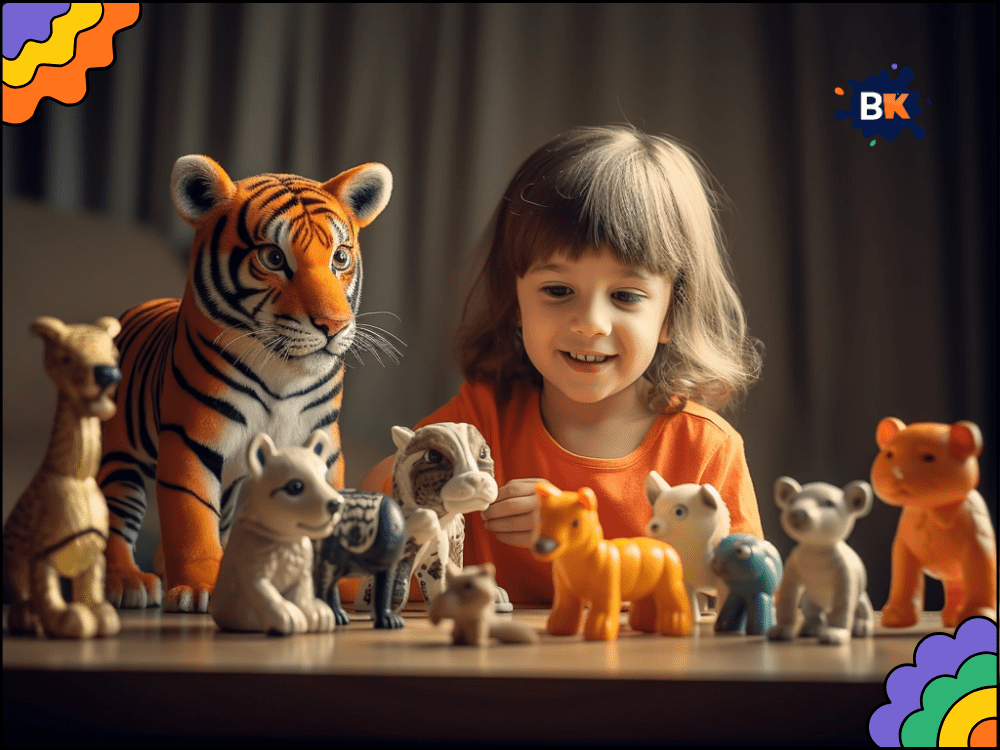
It’s time to create our very own zoo! Instruct the preschoolers to draw different animals in the right places, like a lion, a monkey, and even a penguin! Let’s make it a wild adventure!
Beach Bash

Let’s hit the beach and draw some fun in the sun! Teach the children to draw a beach with sand, water, and a sun umbrella. Remember to add some seashells and a beach ball!
Robo-mania
Help the preschoolers draw a robot with a head, body, arms, and legs. Let’s make it futuristic and fun! It could even do a little dance!
Cat-tactic
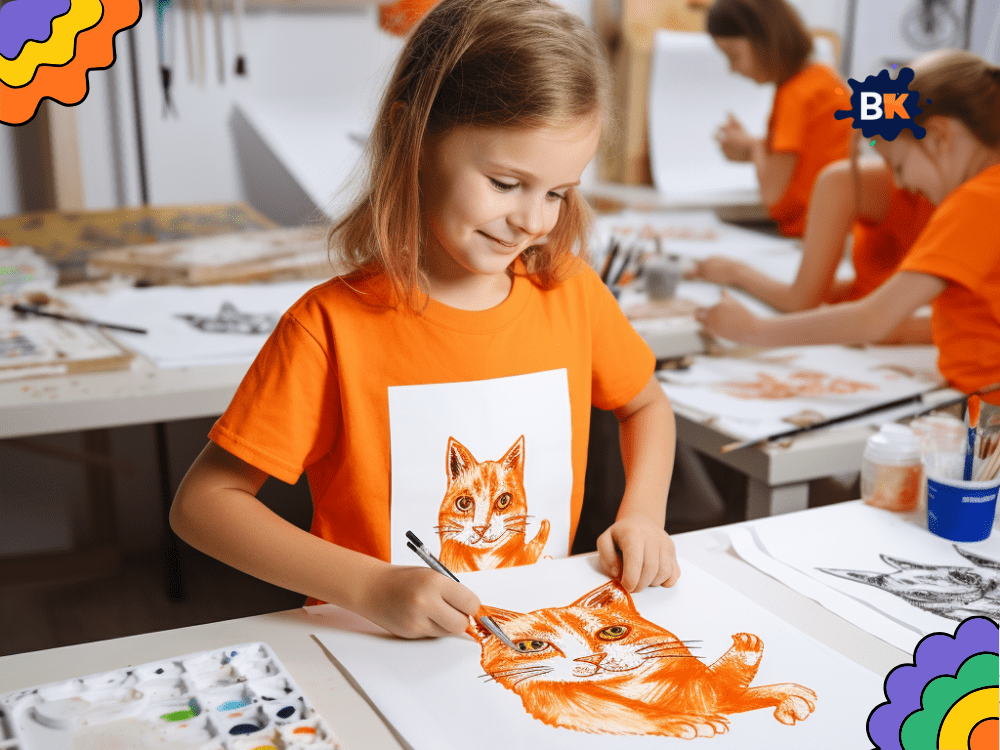
It’s time to draw a cute little kitty! Ask the children to remove a cat with whiskers, ears, and a tail. It could be a fancy cat with a bow tie!
Dog-gone Fun
Guide the preschoolers to draw a happy dog with a nose, tongue, and tail. It could be a playful puppy or a loyal guard dog!
Lion King
Instruct the children to draw a mighty lion with a majestic mane, paws, and a tail. Let’s make it the king of the jungle with a roar!
Giraffe-ic
Teach the preschoolers to draw a giraffe with a long neck, spots, and a tail. It could even reach the top of a tree and grab a leaf with its tongue!
Dino-mite
Help the children draw a scary dinosaur with sharp teeth, claws, and a long tail. It could even have a silly expression to make it less complicated! Let’s unleash our inner paleontologist!
Fruit Salad Frenzy

Get your creative juices flowing and draw a fruit bowl with bananas, apples, and grapes. And remember to add your unique twist! Add pineapple or kiwi slices for an extra tropical flair.
Veggie Visions
Get colorful with a veggie garden! Draw juicy tomatoes, spicy peppers, and some bright orange carrots. And while at it, imagine all the delicious dishes you could make with them. A spicy salsa or a yummy veggie stir-fry?
Family Fun Time

It’s time to draw your family! Get silly or severe and draw each member with unique features and personalities.
Maybe your little brother has a huge head, and your mom’s eyes sparkle like diamonds. The more creative, the better!
Cake Craze
It’s time to celebrate with a yummy birthday cake! Draw a colorful cake with lots of frosting, candles, and decorations. And when it’s all done, remember to make a wish and blow out the candles!
Snowy Shenanigans
It’s time to build a snowman! Draw a snowman with a carrot nose, stick arms, and a cozy hat. And remember to give it a name! Maybe Frosty or Snowball?
Spooky Spectacle
Get ready for some spooky fun with a Halloween scene! Draw pumpkins, ghosts, witches, and who knows what spooky surprises might appear in your drawing. Maybe a black cat or a haunted house?
Christmas Cheer
Get into the holiday spirit with a Christmas tree! Draw a tree with twinkling lights, shiny ornaments, and a sparkling star on top. Santa may leave you a special gift under it!
Farm Frenzy
Draw a farm with animals like mooing cows, oinking pigs, and clucking chickens. Imagine all the fun you could have on the farm! You could take a tractor ride or pick some fresh eggs for breakfast.
Jungle Jive
Get wild with a jungle scene! Draw tall trees, swinging vines, and exotic animals like mischievous monkeys and majestic tigers.
And who knows what kind of adventures you’ll have in the jungle? You may discover a hidden treasure or meet a friendly parrot.
Superhero Smackdown
It’s time to create your superhero! Draw a cool costume, a secret identity, and incredible special powers. You’ll save the day and become a real hero! Will you have laser eyes or the ability to fly? The possibilities are endless!
Sun, Sand, and Sea
Get sunscreen and draw a beach party with golden sand, crystal-clear water, and many beach balls. Imagine splashing around in the water and having a blast under the sun!
City Buzz
Get ready to draw a cityscape with towering buildings, bustling streets, and many people. Imagine city life’s excitement with its hustle and bustle, bright lights, and never-ending energy! You’ll spot a celebrity or two!
Firefighting Fiasco
Grab your drawing supplies and draw a firetruck with a ladder, a hose, and flashing lights. You could be a hero and save the day by putting out fires! Just make sure to avoid the flames!
Police Power
Draw a police car with flashing lights, a siren, and a shiny badge. Who knows what kind of thrilling adventures you could have as a cop, chasing after bad guys and bringing them to justice? But watch out for those slippery criminals!
Fairytale Frenzy
Draw a fairytale scene with a magical castle, a beautiful princess, and a fierce dragon. Will you be the hero who saves the princess and defeats the dragon? Or will you make friends with the dragon instead?
Out of This World
Draw a space scene with twinkling stars, a galaxy of planets, and spaceships that zoom through space. Blast off into the unknown and explore the wonders of the universe! You’ll even meet some friendly aliens along the way!
Race to Victory
Please wear your racing helmet and buckle up because it’s time to draw a fast race car with big wheels and a flashy spoiler!
Who will be the first to cross the finish line and take home the trophy? Prepare to rev up your engines and leave your competitors in the dust!
Sports Showdown
It’s time to show off your mad sports skills! Draw a sports scene with your favorite sport, like basketball or soccer. Get ready to hit the field or the court and take on your opponents in a big game! Remember to do your victory dance when you score!
Music Madness
Unleash your inner rockstar and draw a music scene with excellent instruments, a stage, and a microphone. You could be the next big music sensation and rock the stage with your talent! Get ready to make some noise and turn up the volume because this will be a wild ride!
Beach Bash Bonanza
Grab the sunscreen and put on your shades because it’s time to draw a beach party with groovy music, mouth-watering food, and fun games. Prepare your dance moves and hit the beach to party with your friends!
But watch out for those sneaky seagulls trying to steal your snacks! Remember to bring your best beach game to have an unforgettable time!
fantastic benefits of drawing activities
Fine motor skills development:
Drawing is like a workout for those tiny hands and fingers, helping them develop the fine motor skills they need for writing, cutting, and more.
Creativity explosion:
Let your preschoolers unleash their inner artists with these drawing activities! Drawing allows them to express their creativity and let their imaginations run wild.
Cognitive development boost:
Who knew following directions in drawing activities could help improve cognitive abilities? These activities help with attention, memory, and problem-solving skills.
Confidence booster:
Completing a drawing activity successfully is like a high-five for your preschooler’s confidence and self-esteem. Watch them beam with pride at their masterpiece!
Laughter and joy:
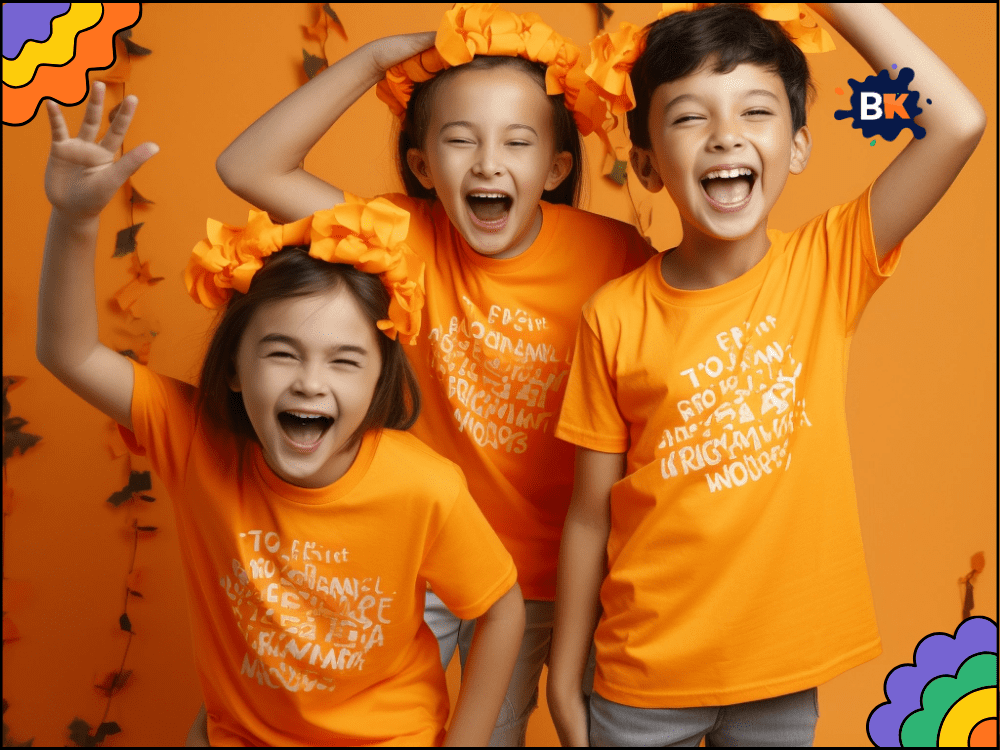
These drawing activities are a great way to bond with your little ones, share some giggles, and create happy memories that will last a lifetime.
Screen-free fun:
In a world full of screens and technology, drawing activities provide a refreshing break from all of that. Plus, it’s a great way to unplug and connect with your child.
Following directions and drawing activities is an excellent way to help preschoolers develop essential skills while having fun.
Children can develop fine motor skills, boost creativity, enhance cognitive development, and build confidence by engaging in these activities. So, get your drawing supplies ready, and have fun with your little ones!

I’m a former teacher (and mother of Two Childs) with a background in child development. Here to help you with play-based learning activities for kids. ( Check my Next startup Cledemy.Com)
